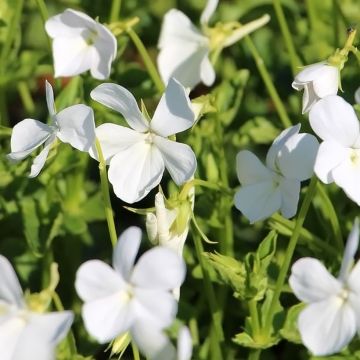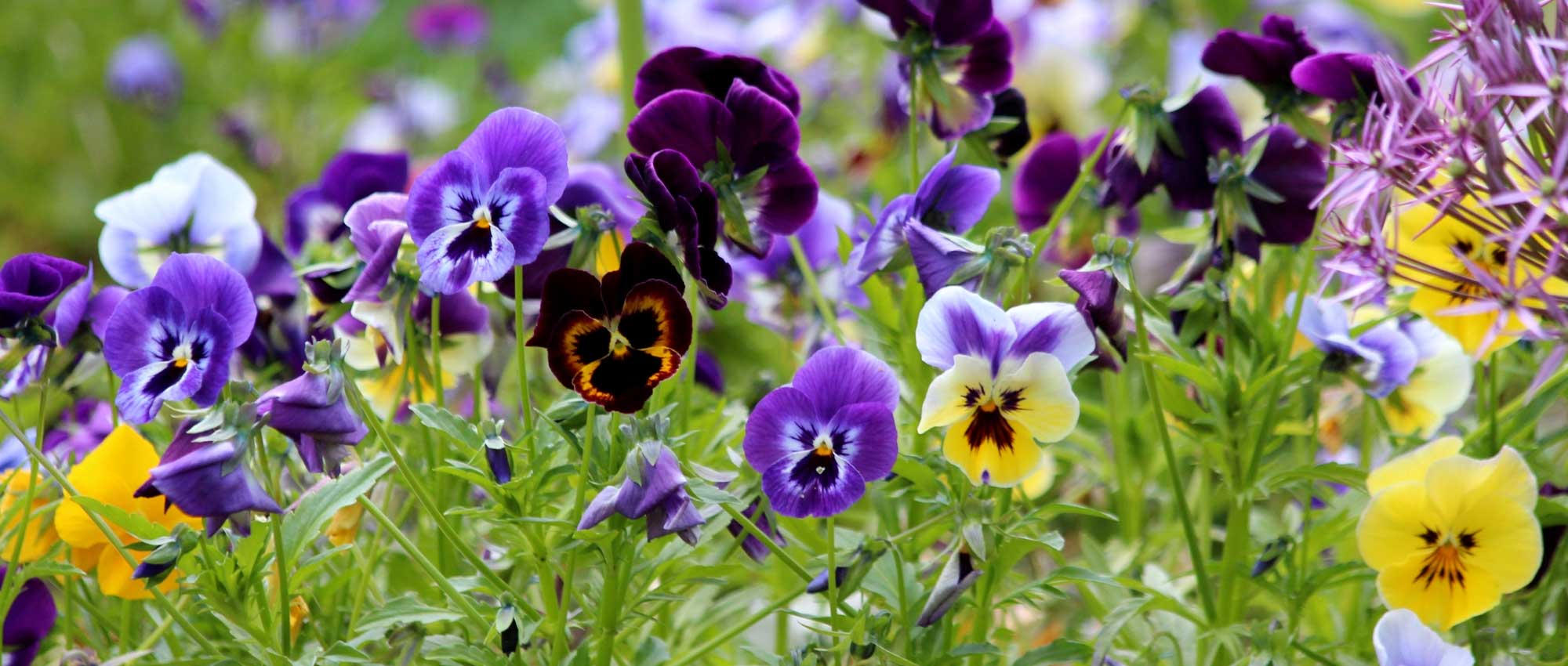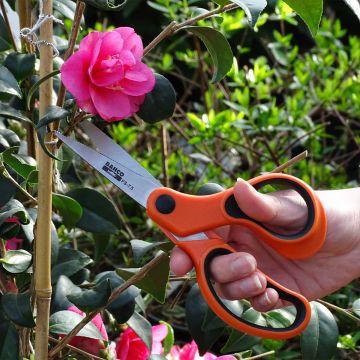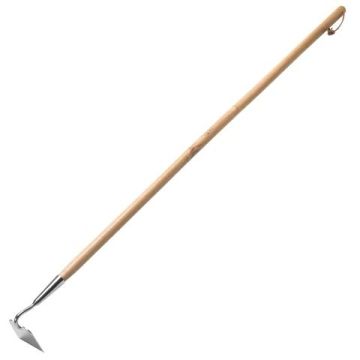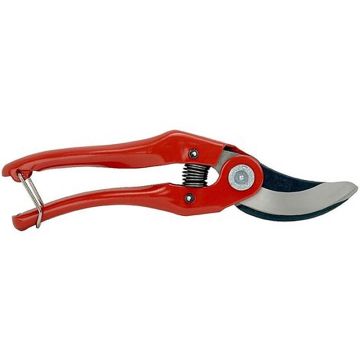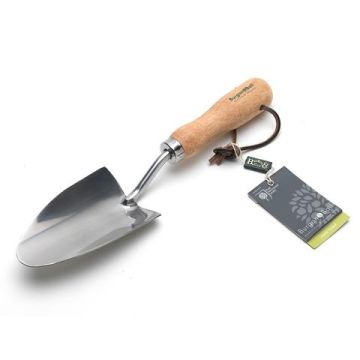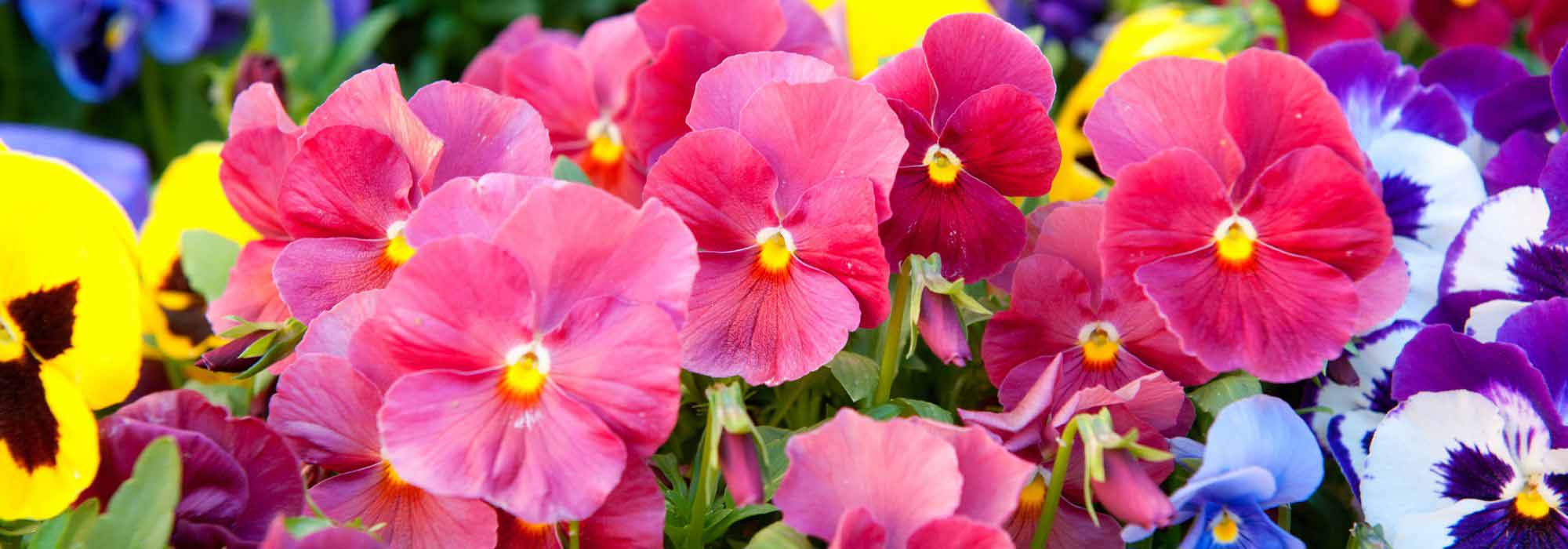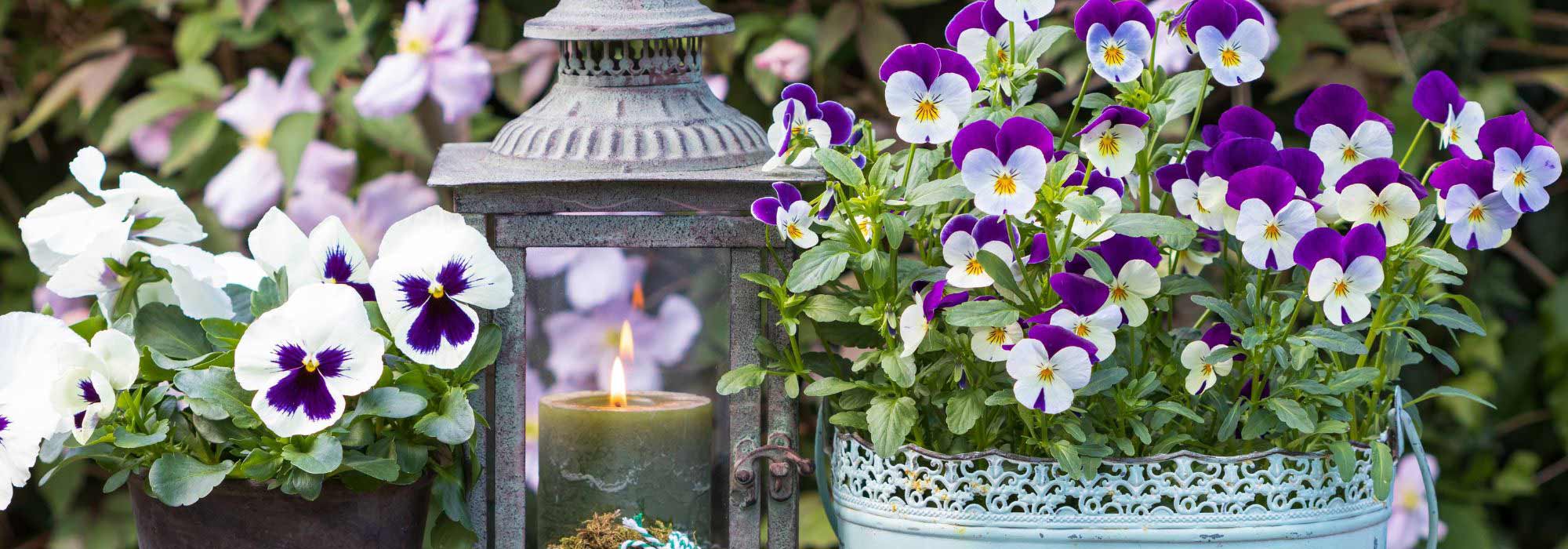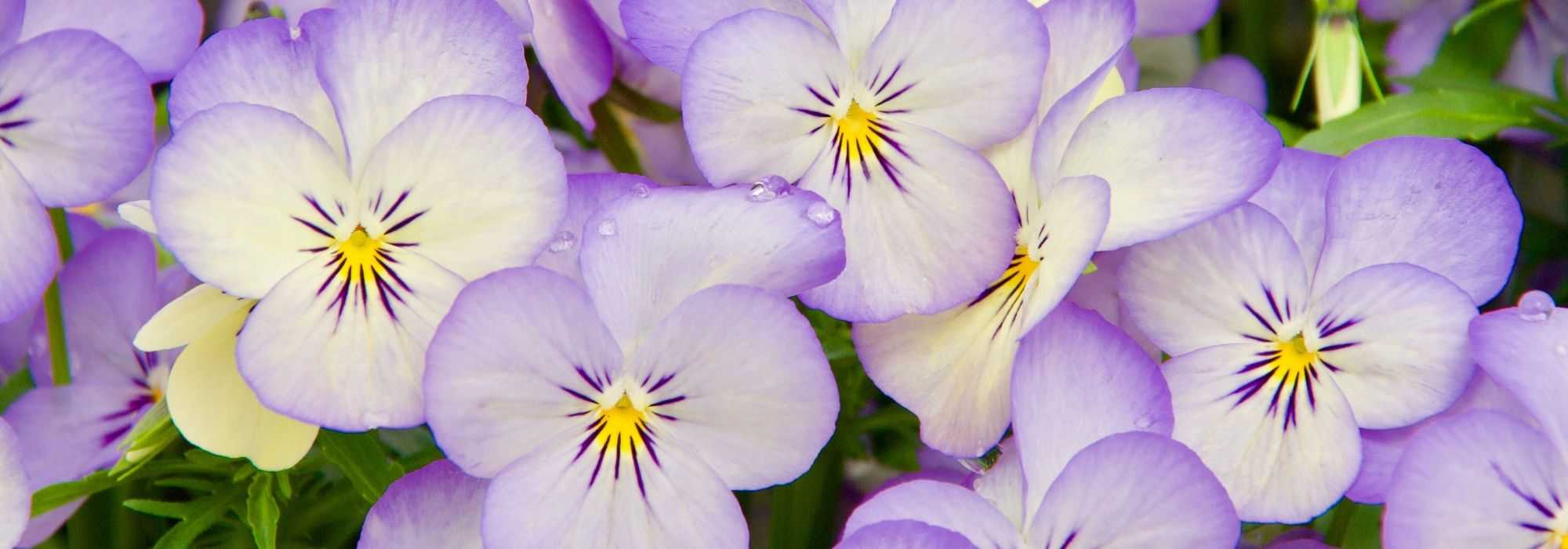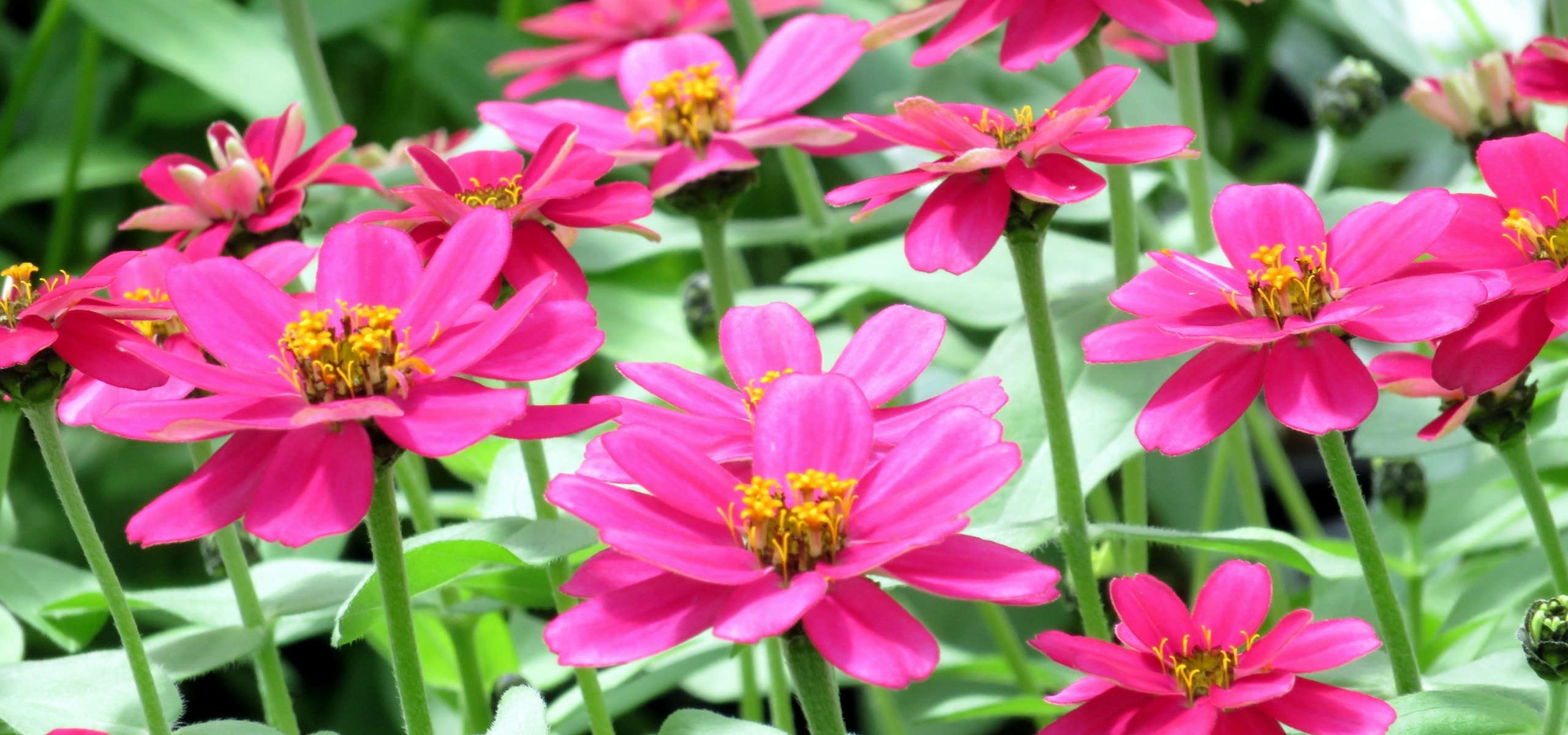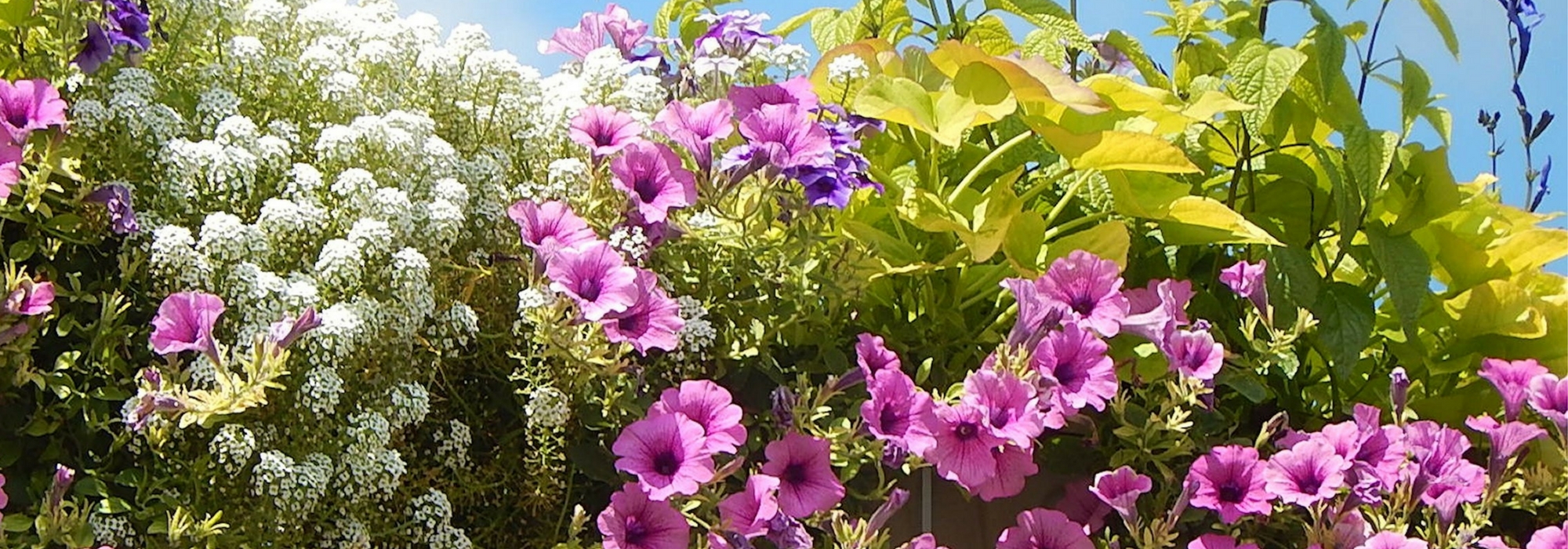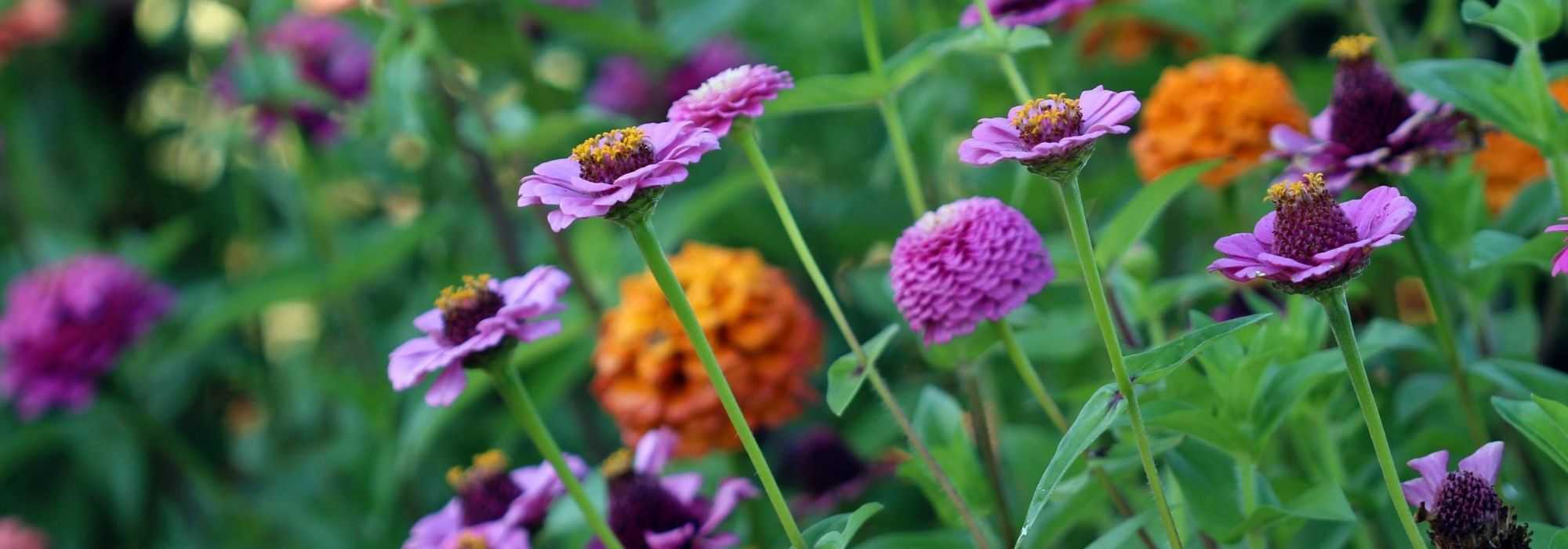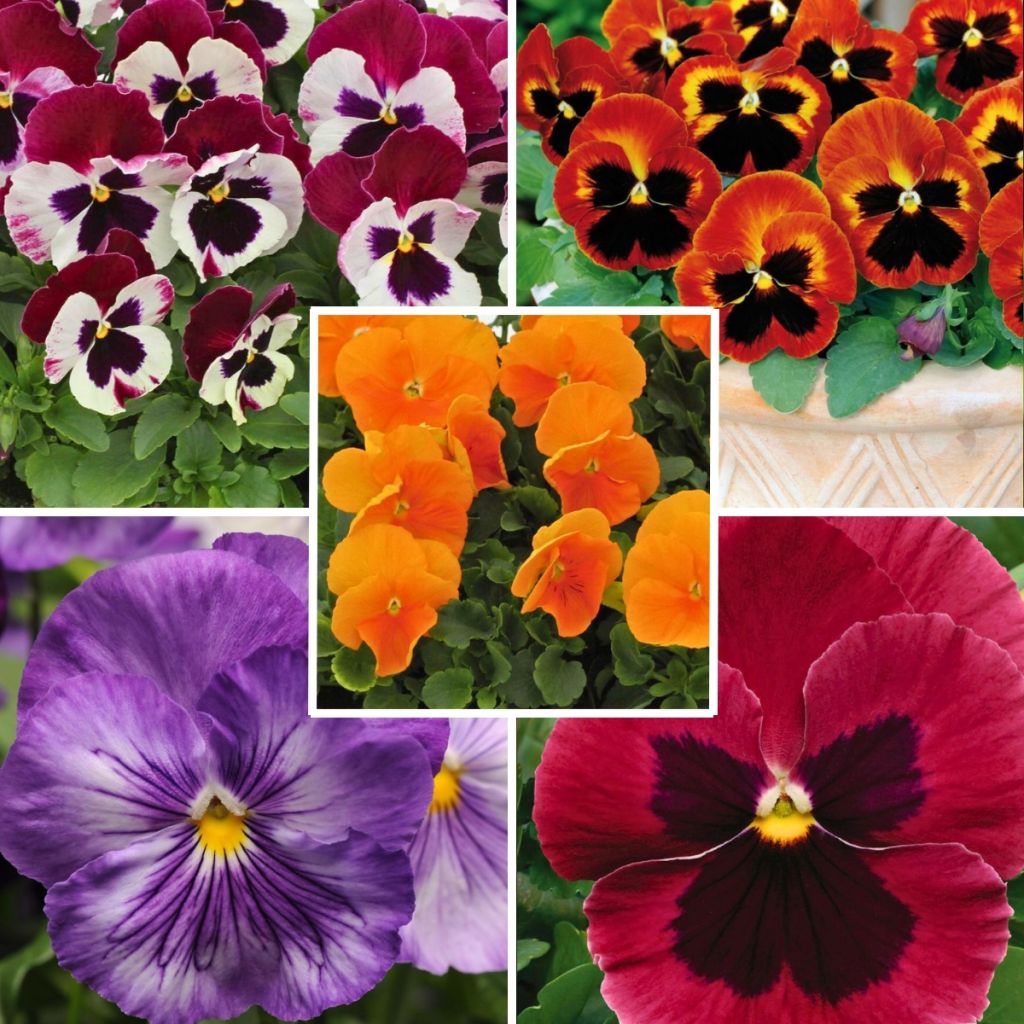

Collection of 5 Matrix Pansies Spices Mix Plug Plants
Collection of 5 Matrix Pansies Spices Mix Plug Plants
Viola x wittrockiana Matrix F1 Epices Mix
Special offer!
Receive a €20 voucher for any order over €90 (excluding delivery costs, credit notes, and plastic-free options)!
1- Add your favorite plants to your cart.
2- Once you have reached €90, confirm your order (you can even choose the delivery date!).
3- As soon as your order is shipped, you will receive an email containing your voucher code, valid for 3 months (90 days).
Your voucher is unique and can only be used once, for any order with a minimum value of €20, excluding delivery costs.
Can be combined with other current offers, non-divisible and non-refundable.
Why not try an alternative variety in stock?
View all →This plant carries a 6 months recovery warranty
More information
We guarantee the quality of our plants for a full growing cycle, and will replace at our expense any plant that fails to recover under normal climatic and planting conditions.
Does this plant fit my garden?
Set up your Plantfit profile →
Description
The Matrix Spices Mix Pansy Collection blooms in a kaleidoscope of colours, creating a fantastic effect in the garden or in containers. The flowers are medium-sized, solid or bicoloured, with or without black blotches. They come in shades of orange or blackcurrant, and various tones of lavender and pink. The plants are compact, floriferous, and resistant to cold, diseases, and heat. This variety performs well in spring and doesn't bolt with the first heat, ensuring a long-lasting and high-quality flowering display. It is easy to grow in humus-rich and moist soil, in a sunny or partially shaded location.
The collection includes:
1 plug plant of Matrix Blackcurrant Pansy
1 plug plant of Matrix Deep Blue Blotch Pansy
1 plug plant of Matrix Lavender Shades Pansy
1 plug plant of Matrix Orange Deep Pansy
1 plug plant of Matrix Alpha Solar Flare Pansy
Garden pansies, sometimes called Swiss giant pansies, are actually hybrids grouped under Viola x wittrockiana. They belong to the Violaceae family and are typically grown as annuals or biennials, although they are theoretically perennial but short-lived. The 'Matrix F1 Spices Mix' variety produces branching plants that quickly form compact clumps, with a slightly spreading habit, reaching 20 cm in height and 20 to 30 cm in width. They bloom from late winter to late spring, or from late spring to late summer. The 'Matrix F1 Spices Mix' pansies feature medium-sized flowers, measuring 4 to 5 cm in diameter, with open blooms. Some of them are solid, vivid orange or lavender, while others combine white petals and pink petals, ranging from light to dark shades, even to purple. Depending on the plants, they may or may not have 3 black blotches at the base of the petals, around a tiny bright yellow and white centre. The medium green leaves are elliptical and broadly crenate.
If you love them in the garden, they will be most appreciated in containers, on the windowsill, where you can have them close by and stay warm. Play with colours and combine pansies with primroses, wallflowers, grape hyacinths, daisies, and even with ornamental grasses like Japanese sedge for a graphic effect in a contemporary style. In the garden, also pair them with heucheras and tulips. The blue-green of glaucous fescues also enhances their beauty.
Pansy petals are edible, and their colours will add a touch of originality to your salads and pastries. To do so, remember to grow them as you would grow your vegetables, in the most natural way possible.
Note: Please be aware that our plug plants are professional products intended for experienced gardeners: upon receipt, transplant them as soon as possible, in containers, hanging baskets, or directly in flower beds.
Flowering
Foliage
Plant habit
Botanical data
Viola
x wittrockiana
Matrix F1 Epices Mix
Violacea
Cultivar or hybrid
Planting and care
Plant your mini bunches of Viola Matrix Epices Mix in a pot or large tub, in a sunny or possibly semi-shady spot. They need light, moist soil and appreciate a little fertiliser. Potted biennials need to be watered when planted, and can be stored over winter on a balcony or windowsill, protected from cold winds.
Planting period
Intended location
Care
Planting & care advice
This item has not been reviewed yet - be the first to leave a review about it.
Haven't found what you were looking for?
Hardiness is the lowest winter temperature a plant can endure without suffering serious damage or even dying. However, hardiness is affected by location (a sheltered area, such as a patio), protection (winter cover) and soil type (hardiness is improved by well-drained soil).

Photo Sharing Terms & Conditions
In order to encourage gardeners to interact and share their experiences, Promesse de fleurs offers various media enabling content to be uploaded onto its Site - in particular via the ‘Photo sharing’ module.
The User agrees to refrain from:
- Posting any content that is illegal, prejudicial, insulting, racist, inciteful to hatred, revisionist, contrary to public decency, that infringes on privacy or on the privacy rights of third parties, in particular the publicity rights of persons and goods, intellectual property rights, or the right to privacy.
- Submitting content on behalf of a third party;
- Impersonate the identity of a third party and/or publish any personal information about a third party;
In general, the User undertakes to refrain from any unethical behaviour.
All Content (in particular text, comments, files, images, photos, videos, creative works, etc.), which may be subject to property or intellectual property rights, image or other private rights, shall remain the property of the User, subject to the limited rights granted by the terms of the licence granted by Promesse de fleurs as stated below. Users are at liberty to publish or not to publish such Content on the Site, notably via the ‘Photo Sharing’ facility, and accept that this Content shall be made public and freely accessible, notably on the Internet.
Users further acknowledge, undertake to have ,and guarantee that they hold all necessary rights and permissions to publish such material on the Site, in particular with regard to the legislation in force pertaining to any privacy, property, intellectual property, image, or contractual rights, or rights of any other nature. By publishing such Content on the Site, Users acknowledge accepting full liability as publishers of the Content within the meaning of the law, and grant Promesse de fleurs, free of charge, an inclusive, worldwide licence for the said Content for the entire duration of its publication, including all reproduction, representation, up/downloading, displaying, performing, transmission, and storage rights.
Users also grant permission for their name to be linked to the Content and accept that this link may not always be made available.
By engaging in posting material, Users consent to their Content becoming automatically accessible on the Internet, in particular on other sites and/or blogs and/or web pages of the Promesse de fleurs site, including in particular social pages and the Promesse de fleurs catalogue.
Users may secure the removal of entrusted content free of charge by issuing a simple request via our contact form.
The flowering period indicated on our website applies to countries and regions located in USDA zone 8 (France, the United Kingdom, Ireland, the Netherlands, etc.)
It will vary according to where you live:
- In zones 9 to 10 (Italy, Spain, Greece, etc.), flowering will occur about 2 to 4 weeks earlier.
- In zones 6 to 7 (Germany, Poland, Slovenia, and lower mountainous regions), flowering will be delayed by 2 to 3 weeks.
- In zone 5 (Central Europe, Scandinavia), blooming will be delayed by 3 to 5 weeks.
In temperate climates, pruning of spring-flowering shrubs (forsythia, spireas, etc.) should be done just after flowering.
Pruning of summer-flowering shrubs (Indian Lilac, Perovskia, etc.) can be done in winter or spring.
In cold regions as well as with frost-sensitive plants, avoid pruning too early when severe frosts may still occur.
The planting period indicated on our website applies to countries and regions located in USDA zone 8 (France, United Kingdom, Ireland, Netherlands).
It will vary according to where you live:
- In Mediterranean zones (Marseille, Madrid, Milan, etc.), autumn and winter are the best planting periods.
- In continental zones (Strasbourg, Munich, Vienna, etc.), delay planting by 2 to 3 weeks in spring and bring it forward by 2 to 4 weeks in autumn.
- In mountainous regions (the Alps, Pyrenees, Carpathians, etc.), it is best to plant in late spring (May-June) or late summer (August-September).
The harvesting period indicated on our website applies to countries and regions in USDA zone 8 (France, England, Ireland, the Netherlands).
In colder areas (Scandinavia, Poland, Austria...) fruit and vegetable harvests are likely to be delayed by 3-4 weeks.
In warmer areas (Italy, Spain, Greece, etc.), harvesting will probably take place earlier, depending on weather conditions.
The sowing periods indicated on our website apply to countries and regions within USDA Zone 8 (France, UK, Ireland, Netherlands).
In colder areas (Scandinavia, Poland, Austria...), delay any outdoor sowing by 3-4 weeks, or sow under glass.
In warmer climes (Italy, Spain, Greece, etc.), bring outdoor sowing forward by a few weeks.






























